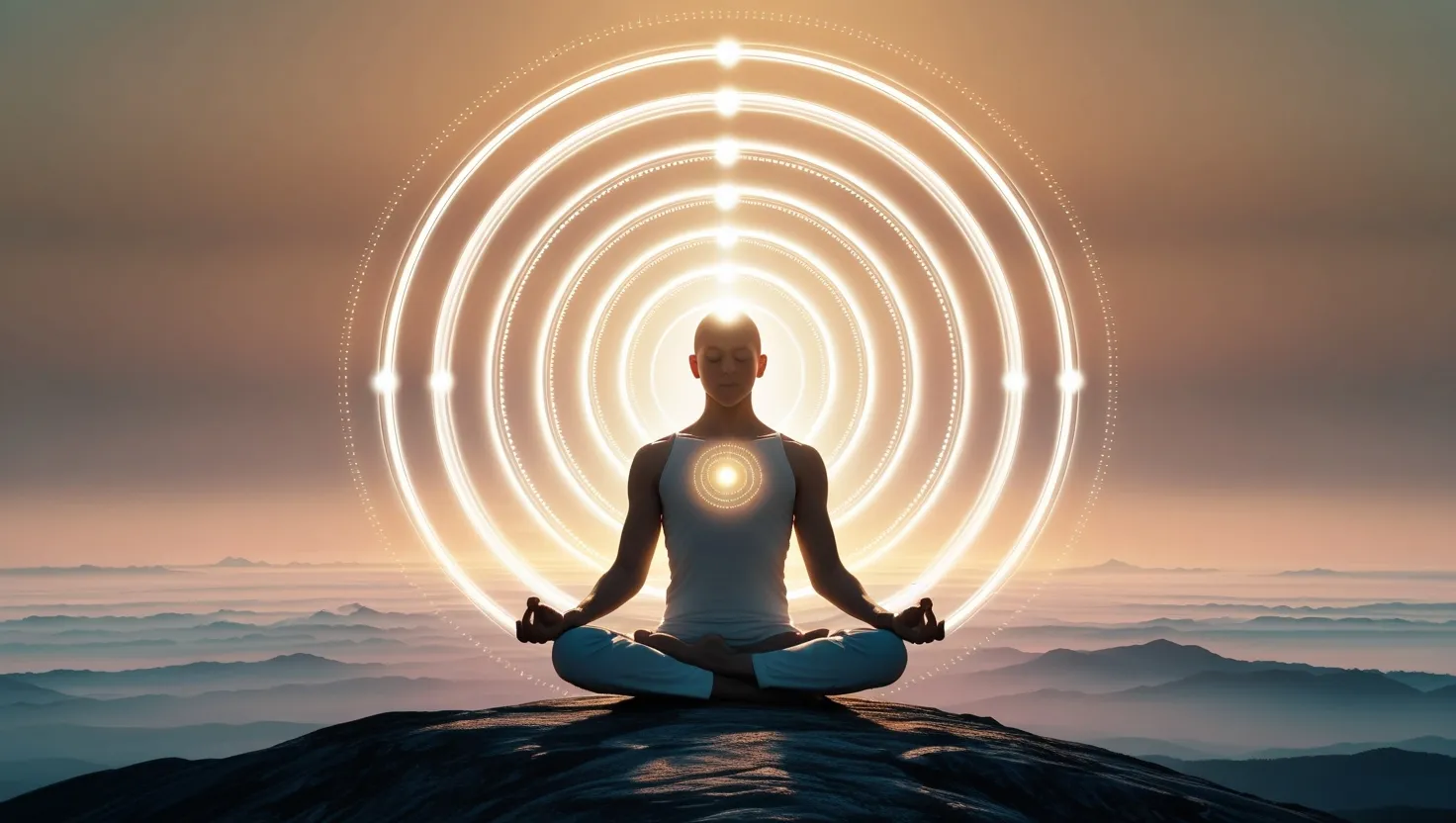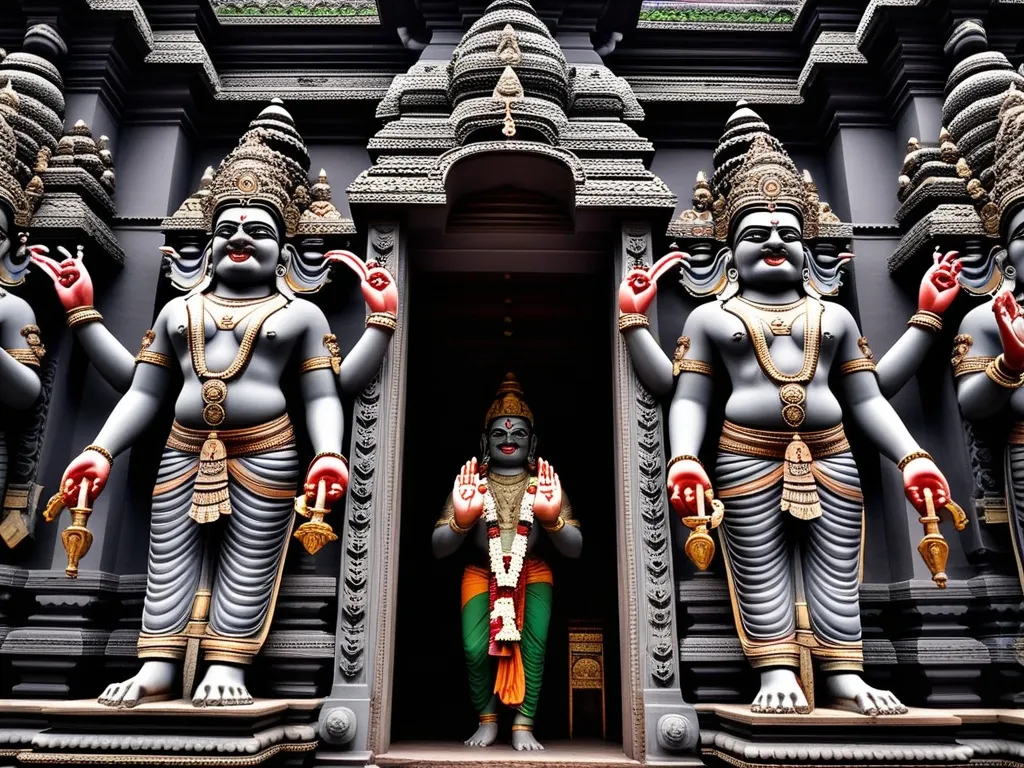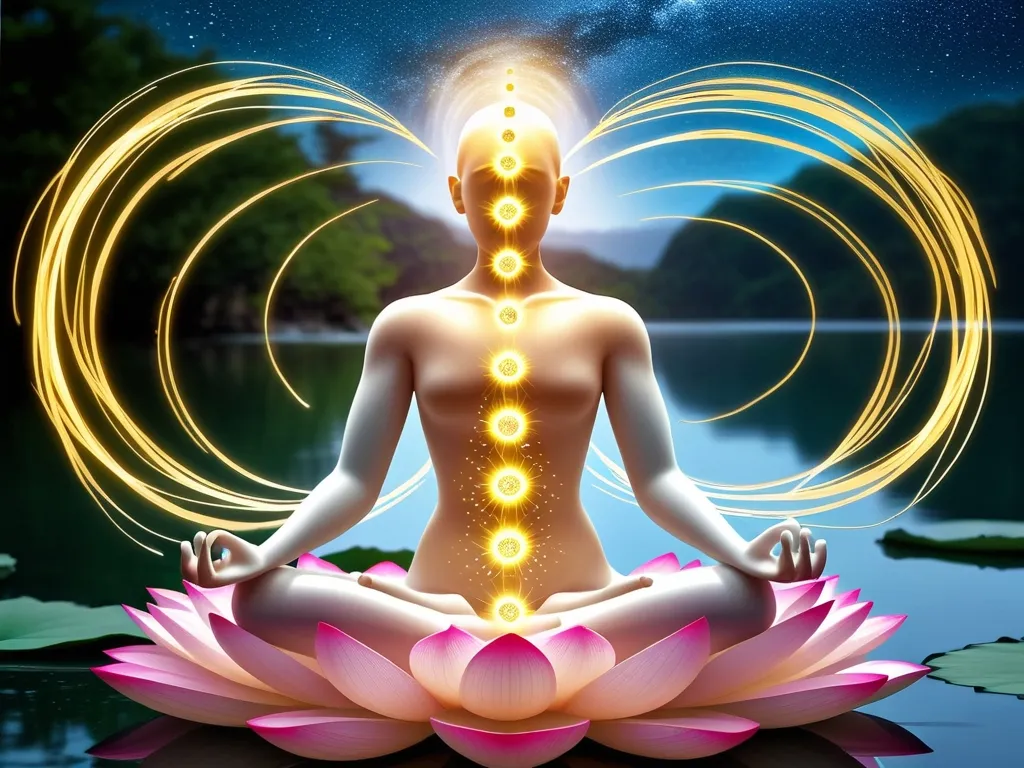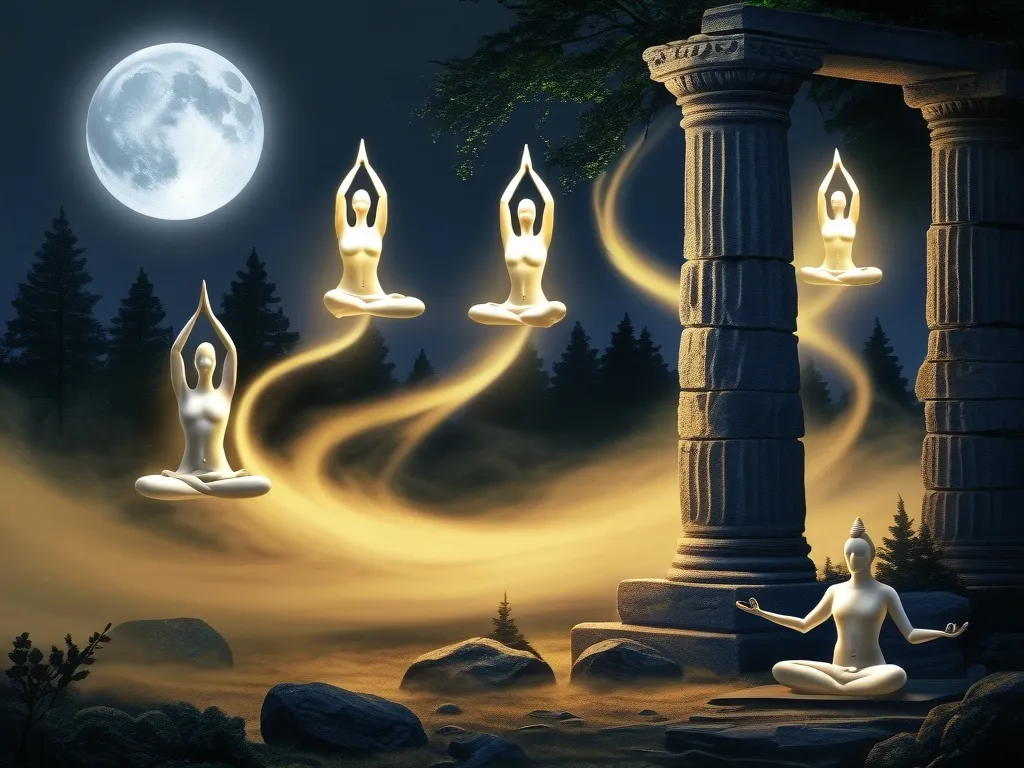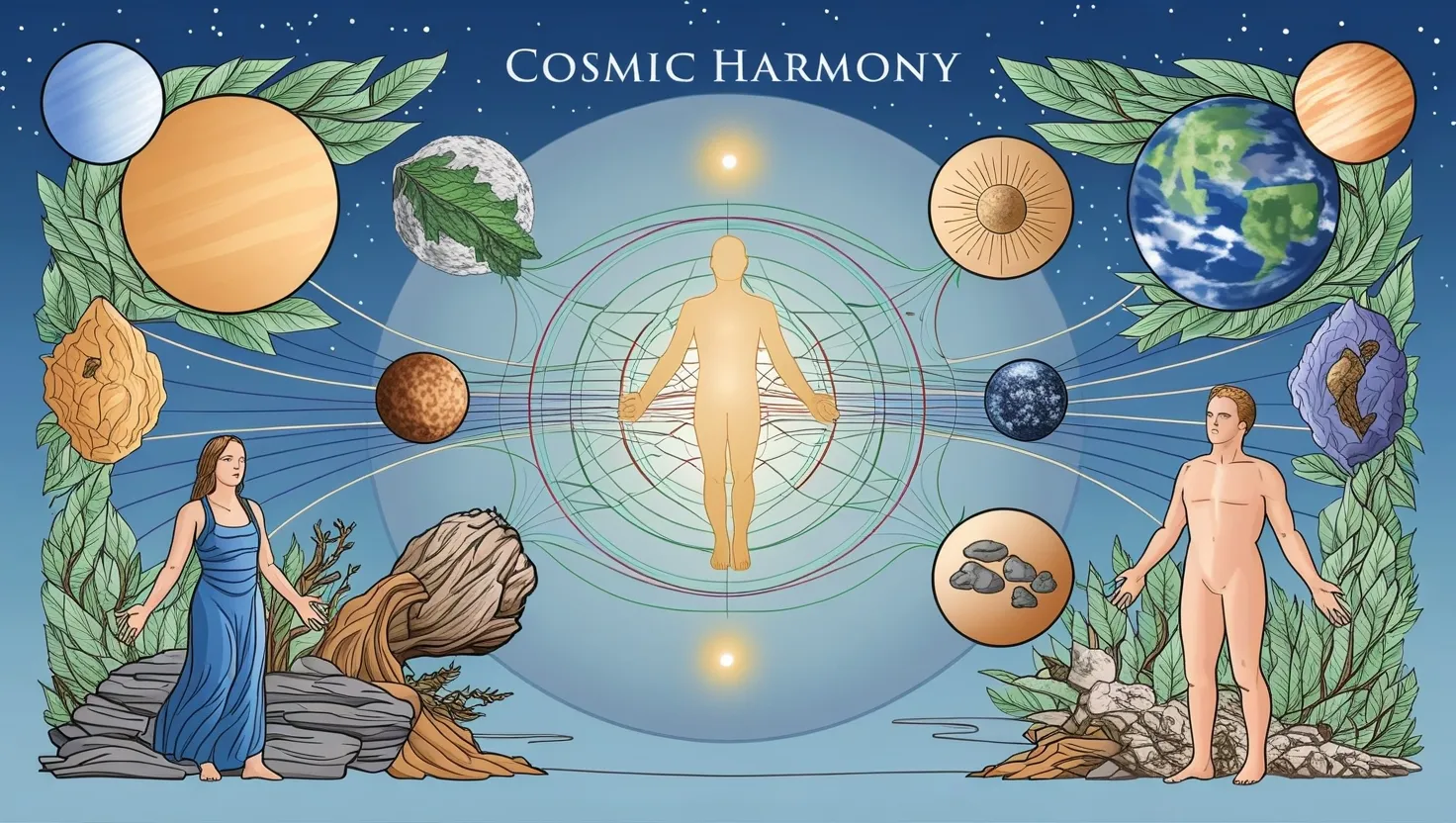The ancient Vedic sages peered deep into the nature of reality and consciousness, uncovering insights that continue to astound us today. Their exploration went far beyond the material world, delving into the subtle realms of mind and spirit.
What they discovered was a model of consciousness that is both elegant and profound. Rather than emerging from brain activity, the Vedas describe consciousness as the fundamental substrate of all existence. It’s not a product of matter, but the ground from which matter arises.
This view turns our conventional understanding on its head. We tend to think of consciousness as something that happens in our heads, a byproduct of neurons firing. But the Vedic model suggests something far more expansive. Consciousness isn’t contained within us - we are contained within consciousness.
The Vedas speak of turiya, a fourth state of consciousness beyond waking, dreaming, and deep sleep. This is pure awareness, the silent witness that underlies all experience. It’s always present, yet often goes unnoticed amidst the bustle of daily life.
Have you ever had moments of profound clarity or expansiveness, where you felt connected to something greater than yourself? Those fleeting experiences offer a taste of turiya consciousness.
Modern science still struggles to explain how subjective experience arises from objective brain processes - the so-called “hard problem of consciousness.” The Vedic model sidesteps this issue entirely by positing consciousness as fundamental rather than emergent.
“The Self is the witness of the mind and its workings.”
- Adi Shankara
But how does this pure, undifferentiated awareness give rise to our everyday experience of the world? This is where the Vedic concept of koshas or sheaths comes in. Consciousness is described as existing in layers of increasing subtlety.
The outermost layer is the physical body, annamaya kosha. This is the realm of matter that we’re most familiar with. But beyond that lies the energy body or pranamaya kosha, followed by the mental body (manomaya kosha), the wisdom body (vijnanamaya kosha), and finally the bliss body (anandamaya kosha).
These koshas aren’t separate entities, but interconnected layers through which consciousness expresses itself. They explain how pure awareness can manifest in increasingly concrete forms, from subtle intuition to thoughts and emotions to physical sensations.
This model offers a more nuanced view than the simple mind-body dualism of Western philosophy. It suggests multiple levels of mind beyond just the physical brain. Have you ever felt an intuitive knowing that went beyond logical thought? That may have originated in the vijnanamaya kosha.
The Vedic understanding of perception is equally profound. Rather than consciousness arising from sensory input, the senses themselves are seen as instruments of awareness. Consciousness isn’t created by our senses - it’s what allows us to sense in the first place.
This explains the seemingly paradoxical effects of practices like sensory deprivation or pratyahara (sensory withdrawal) in yoga. By withdrawing attention from the senses, we don’t diminish awareness. Instead, we often experience an expansion of consciousness.
“When the five senses and the mind are still, and reason itself rests in silence, then begins the Path supreme.”
- Katha Upanishad
But the ultimate Vedic insight goes even deeper. Pure consciousness, they say, can never be known as an object. It’s not something we can examine or study directly. Why? Because it’s the knower itself, the subject that does the knowing.
This non-dual awareness underlies all our mental processes while remaining distinct from them. It’s like the screen on which all the images of our experience play out. We’re so caught up in the movie that we forget about the screen. But without the screen, there would be no movie.
What would it be like to recognize this pure awareness as our true nature? To see beyond the limited ego-self to the vast expanse of consciousness in which all things arise? This is the promise of Vedic wisdom - not just intellectual understanding, but direct realization.
Of course, these are challenging concepts to grasp intellectually. The Vedic sages emphasized that true understanding comes through direct experience, not just theoretical knowledge. That’s why practices like meditation play such a central role in Vedic traditions.
Through meditation and other spiritual practices, we can begin to peel back the layers of our conditioned experience. We can touch that pure awareness that lies beyond thought and perception. It’s a journey of self-discovery that goes to the very heart of what we are.
The Vedic model of consciousness offers a comprehensive framework that addresses subjective experience, perception, and the relationship between awareness and physical reality. It provides a map of inner territories that complements the outer explorations of modern science.
As we continue to probe the mysteries of consciousness, perhaps these ancient insights can offer fresh perspectives. They invite us to look beyond the material surface of things to the subtle realms that lie beneath. And ultimately, they point us back to the pure awareness that is our true nature.
What aspects of your own consciousness have you explored? How does your experience align with or differ from the Vedic model? These are questions worth pondering as we navigate the fascinating terrain of awareness and reality.
The Vedic understanding of consciousness is not just an abstract philosophy. It’s an invitation to direct experience, a call to awaken to the vastness of our own being. In a world that often feels fragmented and chaotic, it offers a vision of underlying unity and coherence.
Perhaps most importantly, it suggests that the answers to life’s deepest questions don’t lie outside us. They’re found within, in the silent depths of our own awareness. All we need to do is learn how to look.
